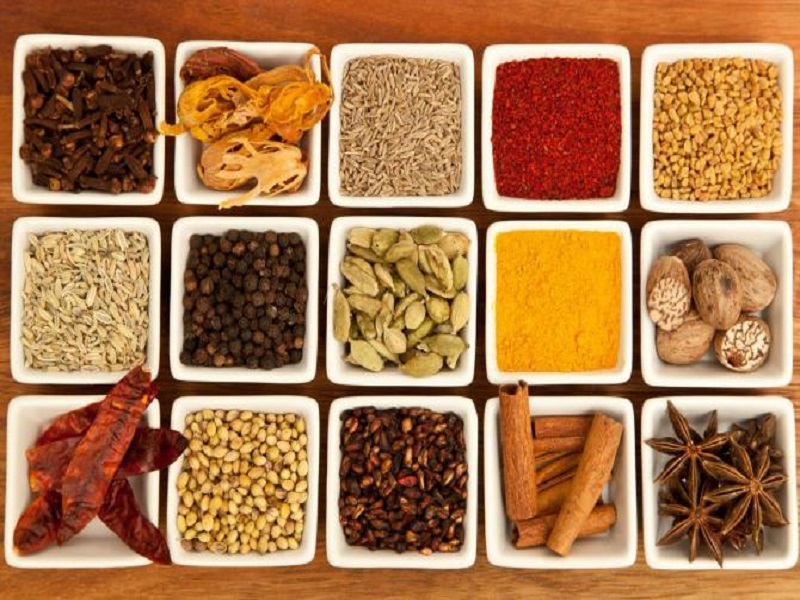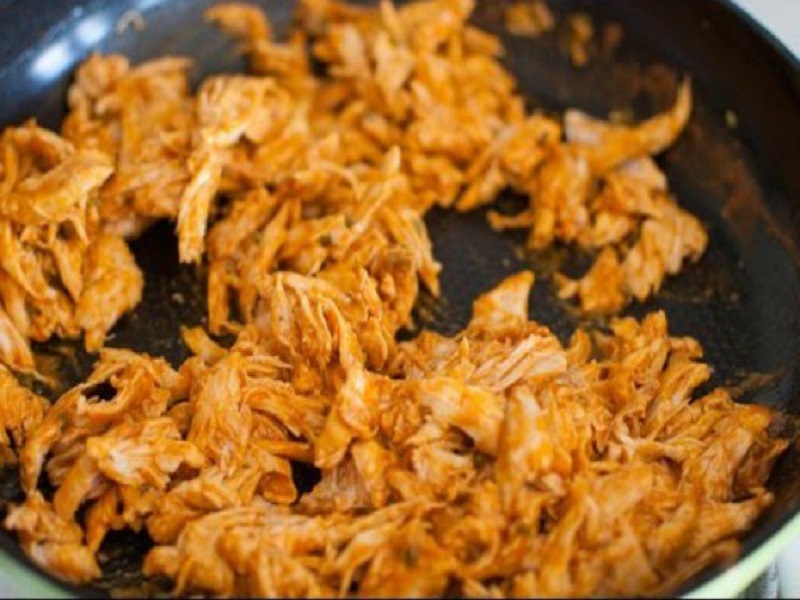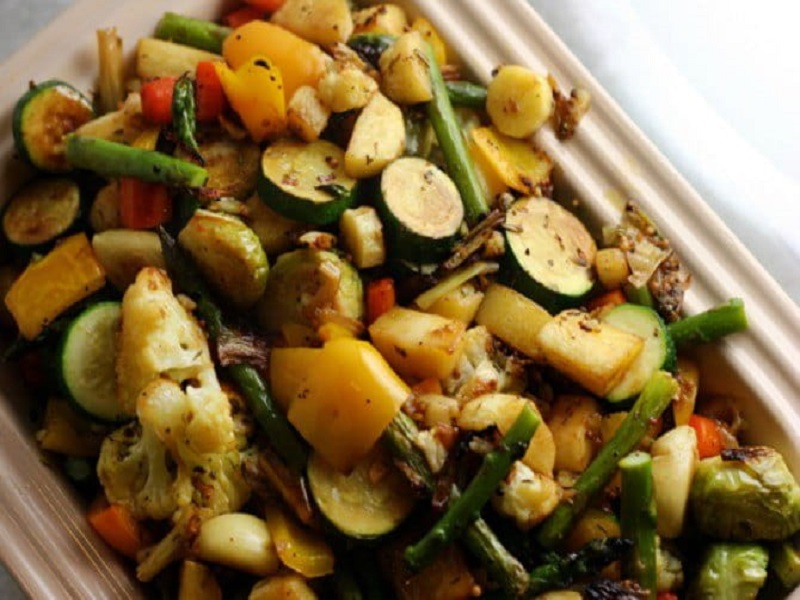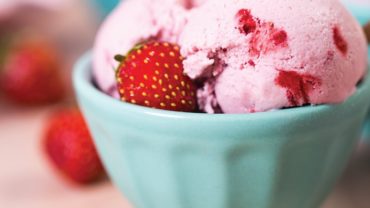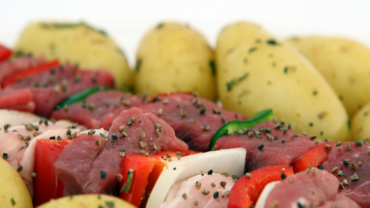via theAsianparentSingapore: For most Asians, no meal is complete without the addition of a few spices. It’s a part of our lives and adds enjoyment to every meal. I personally like all my meals to be extra spicy. But when it came to introducing spicy food to my toddler, I was of two minds.
I feared that spicy foods might not agree with his fragile digestive system. But, I also knew that I had to do it someday.
Introducing spicy food to your toddler: A guide for all new parents
As you know, spicy food triggers pain receptors in the mouth. Most of them have an active ingredient known as capsaicin. When eaten, the capsaicin binds with vanilloid receptors inside our mouths. This triggers sensory neurons to depolarize and send out a signal indicating the presence of spice in the mouth.
While an adult can handle this stimuli, it is far too much for a toddler.
Now some may argue that if eating spices can trigger pain the mouth, why would you want to subject babies to that pain? Well, the answer is simple. Spices are not just flavourful, they also add nutritional value. In most cases, they have remarkable health benefits.
What spices and herbs can I give my toddler?
Since herbs and spices are loaded with health benefits, you can introduce them all. Take turmeric, garlic and cinnamon for instance. Each of them are rich in phytochemicals, and are anti-inflammatory. They also help wounds heal faster and boost the immunity of the body.
Also, because they are packed with flavours, they decrease our dependency on ingredients such as salt, sugar and added fat.
Incidentally, you can introduce aromatic spices and herbs including cinnamon, cardamom, ginger, garlic, turmeric, nutmeg and dill to infants as young as six months.
Let’s take a look at some of the health benefits of common spices and herbs that you can easily give to your toddler.
- Cinnamon. This easy-to-find herb is low on sweet taste, and fights of bacterial infection. It also helps to reduce inflammation and fends off free radicals that damage the skin and cause premature ageing. In addition, cinnamon helps to lower blood sugar in the body.
- Ginger. This spice includes the compound allicin and gingerol, both of which have medicinal properties. It also reduces muscle pains and soreness and is especially beneficial in battling colds and coughs.
- Turmeric. This spice has anti-inflammatory properties. Plus, it helps heal wounds faster, eases joint pains and also treats inflammatory bowel diseases and indigestion. In India, most homes regularly use this spice in all their meals and therefore, it is natural to introduce it to their kids as well.
- Garlic. A common household herb, garlic has anti-inflammatory properties and is an antioxidant. It is also one of the most common dietary condiments because it stimulates digestion and absorption. It also has antimicrobial and anti-fungal properties.
- Cardamom. This herb is rich in magnesium and zinc minerals. It is useful in overcoming digestive problems such as an irritable bowel syndrome (IBS), heartburn, intestinal spasms, constipation, gall bladder complaints and even loss of appetite. It also combats cold, cough and even bronchitis.
When you do add all these spices into your toddler’s diet, remember the key is moderation. Begin with adding a fairly small amount into his meal and add the next spice or herb after a few days.
This window will allow you to analyse if your toddler is allergic to any of these herbs or spices.
Now the next question: how exactly should you introduce spicy food to your toddler? Here’s something to get you started.
Is introducing spicy food to my toddler easy?
Yes, it is.
The key is to first prune their sensory receptors. So introduce spices slowly and individually rather than together in a single meal. Also, choose the spices and herbs carefully.
You don’t want to add chillies into your baby’s food right away and burn his mouth.
- Choose one spice at a time. Don’t get too excited while introducing spicy foods to your toddler. Take it one spice at a time, especially in the case of aromatic spices. So for instance, you can garnish some cinnamon on top of your toddler’s cereal. Or alternatively, add garlic to his lentil soup.
- Observe before introducing next. Give your toddler a minimum of five days to analyse if the herb or spice you just gave him agrees with his tummy. Sometimes certain spices like garlic do not agree with some kids. So it’s best to let time take its course so you have a better understanding of what works for your kid.
- Add to the pot. Once you are confident that your toddler is able to handle all the spices you have given him, try to add two or three together to the pot. So for instance, if you cook chicken curry or fish soup, you can add just a bit of salt and pepper with garlic powder. Keep the quantities minimal and introduce this concoction to your toddler in a small quantity.
- Share your food. The next best way to introduce spicy food is to just share your own food with your baby. Whatever you prepare for yourself, share a little of it with your toddler. If you feel your food is too spicy, you can dilute it for your baby.
- Be careful about red chilli. While introducing spicy food is fine for a toddler, when it comes to red chilli, you might want to be extra cautious. As explained before, hot spices such as a chilli can stimulate the pain receptor in the mouth and that might be too much for a toddler. So stay away from adding it into his food till you feel he is ready to try it later on.
Take note that introducing spices is a personal choice. It is not a compulsion. However, doctors will advise you to add items with various tastes and textures into your toddler’s meals only because it expands their palate.
Introducing spicy food to toddlers: Two recipes to try at home
Here are two simple recipes you can prepare at home with the addition of a few spices.
Spicy Chicken shreds
Ingredients:
- 10 ounces boneless chicken breast strips
- ¼ garlic salt mix
- 1 tablespoon vegetable oil
Method:
- Sprinkle garlic salt mix on the chicken breast strips. Lightly cook them on a nonstick pan over medium heat.
- Remove the chicken strips and add grated cabbage and ginger to the pan.
- Shred these chicken pieces and serve them as they are or add a mixture of vegetables that your toddler loves.
Spicy roast vegetable mix
Ingredients
- ½ cup mixture of any of the vegetables including cauliflower, broccoli, carrots, potatoes, sweet potatoes, or winter squash
- Olive oil
- ¼ salt
- ¼ garlic
- Rosemary
Method:
- Break the vegetables into bite-sized pieces.
- Choose a pan and add olive oil to it, then add the vegetables, salt, and grated garlic. Garnish with some rosemary, although this is completely optional.
- Mix it all well.
- Preheat your oven to 425 degrees and roast the vegetables for about 20-25 minutes.Let it cool down and serve slightly warm or cool it completely to serve it later.
While introducing spicy food remember that the key is to keep it simple at the start. Go slow and gradually add more flavours into the mix.
Also, from a safety stand point, make sure the spices are fresh and have not been sitting on your shelf for the past five years. When it comes to baby food, it’s important to check the expiration date of everything you give them.
Most importantly, do not worry too much about introducing spicy food to your toddler. In most South East Asian cultures, kids are given spices from an early age and if the mother eats spices too babies get a taste through breast milk anyway.



